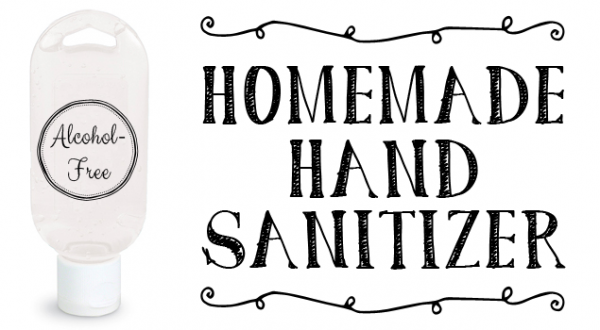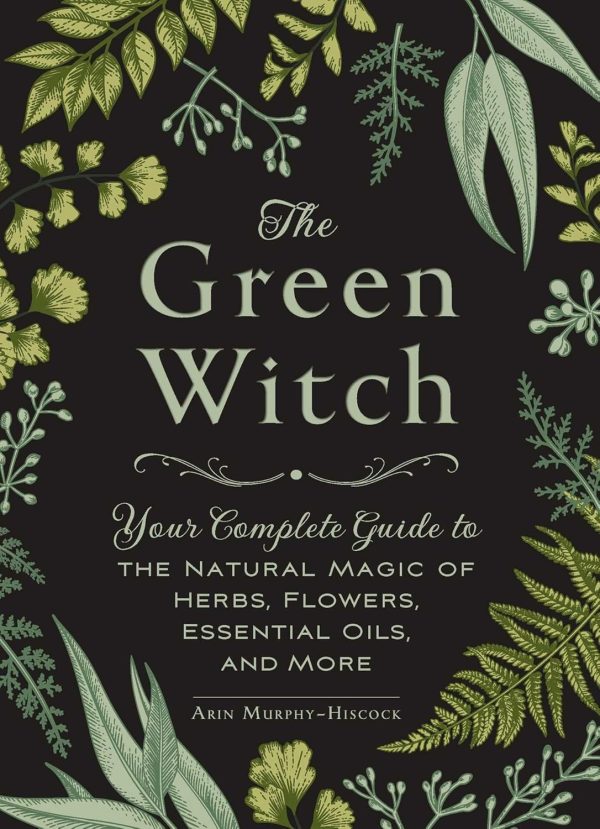
After contracting Viral Meningitis a few years ago I became obsessed with Hand Sanitizer. I got sick after the swine flu peak in 2009. I literally have a bottle of the “bought stuff” at my front door for people to use when they come in and leave if they so desire. I hate snotty kids who’s boogers (As my kids call it) drips all over the place. I do however love the idea of this more natural approach to cleaning my children’s hands.
Do you use Sanitizer? Do you think it helps? Here is the full tutorial on making your own Alcohol free Sanitizer.
Updated to add: With the impending shortage of Hand Sanitizers, disinfectant cleaners, and Medical masks this DIY is a great starting point to making your own and making sure your family is protected as best they can be against, flu, Influenza A, B and Coronavirus.

It’s a pretty idea, but I can’t find ANY legitimate, peer-reviewed scientific support for her claims that bacteria can develop resistance to alcohol, or that herbal extracts are anywhere near as effective. In fact, science says pretty much the exact opposite. I’d rather trust my health to actual biologists and chemists than an untrained “natural-living” fanatic on the internet.
(And ethyl alcohol, by the way? Fermented plant juices. Natural.)
Cassie, if you follow the link to the article, you’d note that the author is a medical doctor. While we as humans will never all completely agree on these sorts of topics, we can share ideas respectfully and refrain from derogatory labels which serve no purpose other than to be mean. As my kids would say, don’t be a hater.
I did read the article written by the doctor. He’s not the one claiming that bacteria can become immune to alcohol. That claim was made by Jillee, who’s a journalist and has no background in science that would qualify her to make such a statement. “Untrained” is not derogatory or mean; it’s a statement of fact. The people who are trained are in complete agreement that what she’s claiming happens is simply not biologically possible. “Fanatic” is subjective, I’ll give you that.
When this recipe was first published in 2011, one of the comments was from an organ transplant recipient who had a compromised immune system because of the anti-rejection drugs she had to take and used hand sanitizer to help her avoid infections which could easily kill her. She was SO HAPPY that now she could get rid of her alcohol-based sanitizer and make her own instead! Her life depended on her staying healthy, and she was blindly trusting it to the say-so of a blogger. As the child of a transplant recipient, I was shocked, and immediately started researching for myself.
Alcohol-based sanitizers have repeatedly been proven effective through stringent laboratory testing; the results have been published in peer-reviewed medical journals and are freely available. I can’t find any such literature regarding testing of alcohol-free, herbal sanitizers, only assurances from their promoters that they work just as well, if not better, honest! They’re better because they’re “natural!”
Well, I don’t find that particularly convincing, and it frankly scares me that so much of the population is convinced because they don’t have the scientific background to know how to critically examine the evidence. The word of one doctor, a “natural-living” proponent himself, isn’t proof.
Reliance on untested folk remedies over tested ones is risky. That’s not “hating,” that’s common sense. I hope that woman’s still alive.